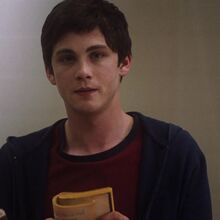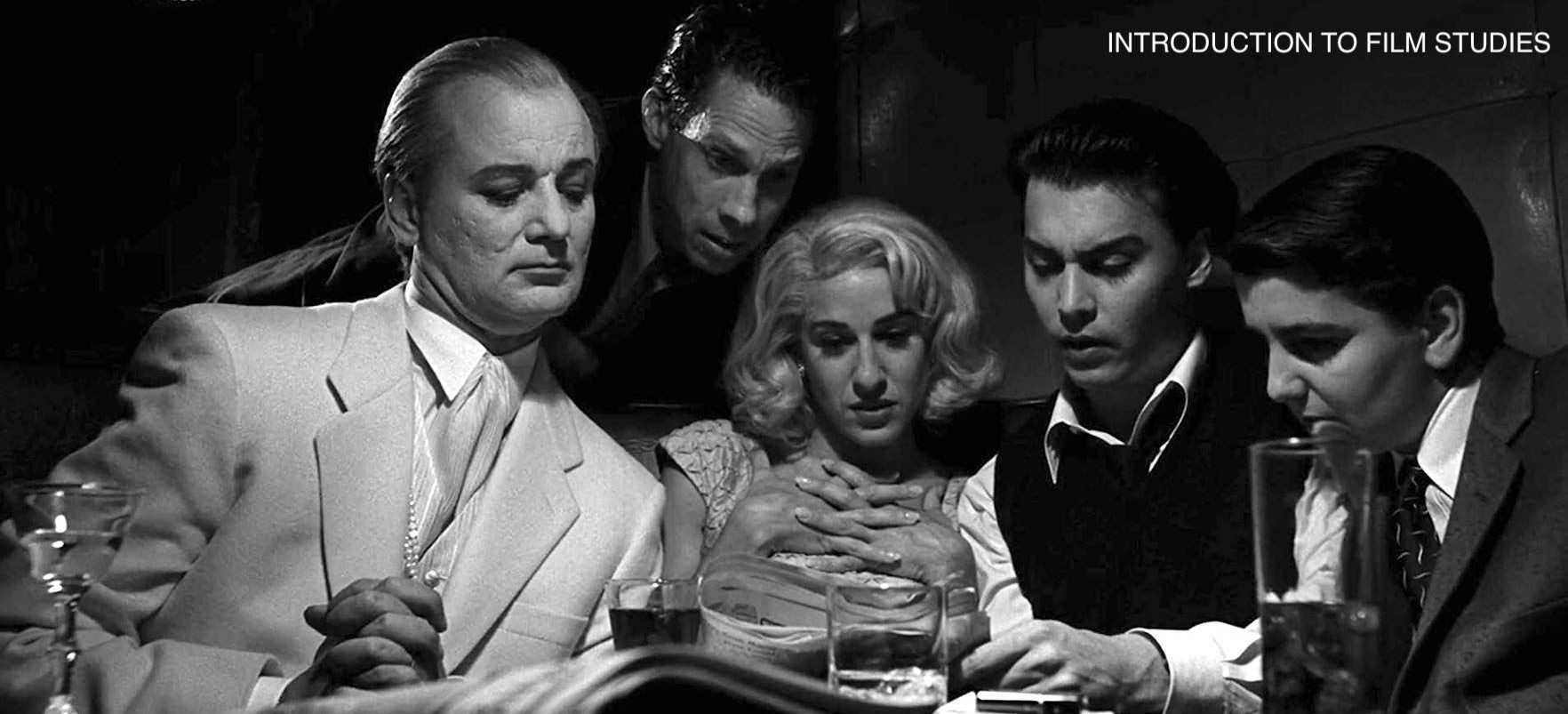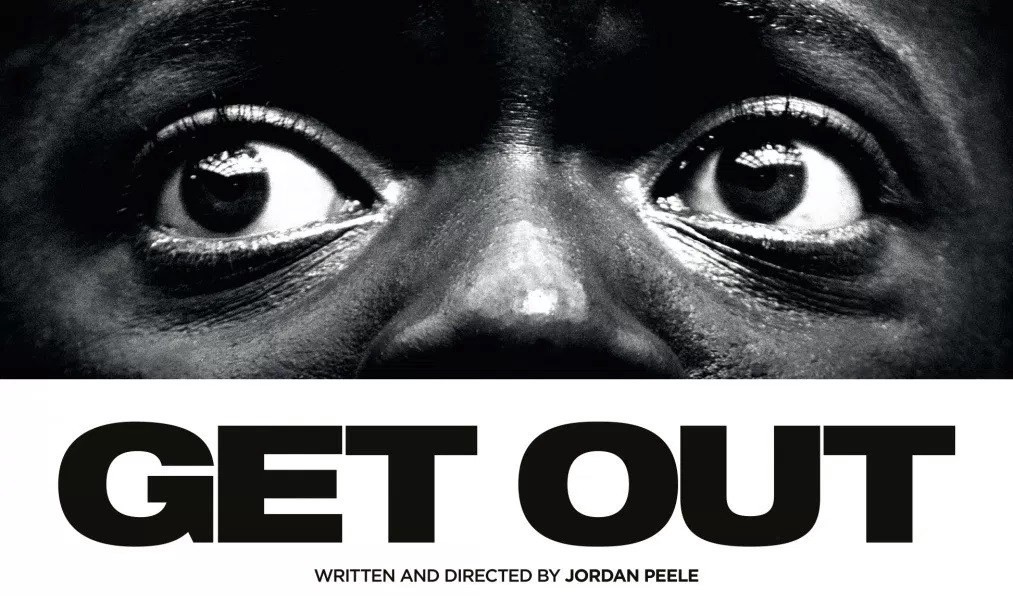So. Perks of Being a Wallflower turned out to be a prime example of the old adage, “don’t judge a book by it’s cover”…or by its first act… or by most of its second act. The construction of this film sits comfortably in the goldilocks zone of good narrative storytelling. If you are unlike me, you possibly would have enjoyed the overacting, cringe, boohoo nature of this film from the start, but you’re not me. I began this movie worrying if my eyes would ever return from the back of my sockets after countless contentious eye rolls. However, I am not too big of a man to admit when I am wrong, and oh boy was I.

The first act of this film really pushed me away. The try-hard nostalgic nature of the coming of age genre is always presented with an over the top exaggeration of character traits. Charlie is introduced in a way that is meant to make him relatable to a wide base of viewers, with his main concern being his first day of high school. He is also presented as severely anxious, which becomes one of the key plot points and something that will shift deeper into meaning later in the film. The basic tropes of the first act provides little interest: why is this kid so anxious? Is it for a good reason? will he fit in? will he find friends?
The second act of the film dives somewhat deeper into the character of Charlie. There is an outgoing guy (Patrick) who Charlie very awkwardly befriends, he goes to a party where he loosens up and gets deep into a cringe worthy weed fueled monologed with everyone at the party, and he reveals to Sam that his best friend killed himself and his aunt died in a car accident. There, now we have a reason for his anxiety. So he grows closer to this new friend group and everything becomes easy for him. Unfortunately, the second act also sees to it that Charlie looses all of his friends. This is done because the narrative demands that Charlie does something to hurt his friends so that he can blame himself as he did with the death of his aunt. This event, the wicked breakup between Charlie and Mary Elizabeth after Charlie kisses Sam, causes Charlie to regress to his depressed and anxious ways.

As the second act of the film comes to a close we see Charlie reunited with his friends after his scrawny, sad, self presumably hulks out to save Patrick from a homophobic ass-kickin’. The friends reunite and all is well. The final act however, really throws a curve ball and it perhaps the only thing that saves this film for me. The predictable closure to Charlies love for Same had a very cliché vibe to it, but the revolution that comes as a result it was enough to give me whiplash. Learning of Charlies true history with his aunt was enough to justify the entire overly depressive narrative that was presented at the start of the film. In a way the film tricks you into believing that when Charlie talks about his Aunt and best friend’s death we have learned everything we need to know about the depth of the character. In the moments following our realization of what happened to Charlie everything made complete sense. I was wrong about this film in the beginning, but I am happy I was able to see it through that critical lens because it made it all the better.
I began this semester frustrated over online class, covid, and my suborn attitude towards taking a class to fulfill my art credit. I am a history major getting my teaching degree and the idea of taking any more classes that didn’t have to do with education or history was annoying to me. The truth is, I picked this class because I thought it would be easiest. Also, because I any other art class would be fatal to my GPA as I have about as much artistic ability as a wet rock.
Certainly this class wasn’t easy for the reasons I would have though, it was easy because I loved it. Having conversations about movies is one of my favorite pastimes, and talking to people that actually have a deeper understanding of film is like a breath of fresh air. I am beyond grateful that I chose to take this class because as much as I thought it was going to be an unneeded stressor, it actually became one of the biggest stress relievers.
Thanks everyone,
Dylan B.













